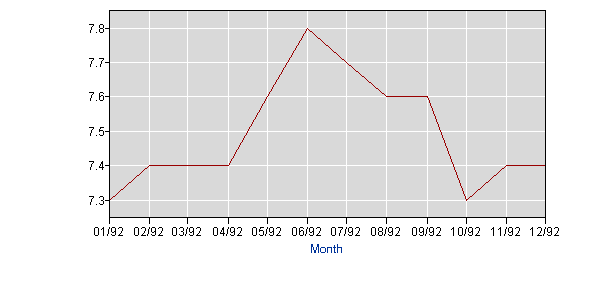LongTerm Equity Anticipation Securities When To Take The LEAP_2
Post on: 27 Июнь, 2015 No Comment

LEAPs are an attractive alternative to stock ownership. Not only do they have a better risk/reward profile, but inexpensive LEAPs are easy to find and thus come with an inherent edge. LEAP stands for Long-term Equity Anticipation Securities. As far as Im concerned, LEAPs are just long-term options longer term than the standard listed options. The only other thing special about them is that the exchanges consider them securities and allow brokerages to lend you up to 25% of their value. Not all brokerages honor this, however, and I wouldnt take advantage of it if mine did.
LEAPs often trade at lower volatility levels than the nearby options on the same stock at prices implying that their underlying wont be as volatile.
One interesting thing about LEAPs is that they often trade at lower volatility levels than the nearby options on the same stock. In other words, LEAPs trade at prices implying that their underlying wont be as volatile. Thus LEAPs are in a very real sense cheaper than the nearby options.
There is no theoretical basis for this. Some may argue that more volatility is usually expected near-term than far-term, and I can understand that to be true from time to time. But why should it be true on a consistent basis? Note that all volatility numbers, no matter how short the time frame, are normalized to a one-year time frame. Thus they should be directly comparable. So theoretically, a stocks near-term volatility should be no different than its long-term volatility, barring any pending news or unusual market activity.
Not only are LEAPs valued at lower volatility levels than the nearby options, many LEAPs also trade at lower volatility levels than the statistical volatility of their underlying. (Statistical volatility measures how much the price of an asset bounces around.)
Charles Schwab & Co. is a good example of this. Schwab has January 2002 LEAPs (654 days to expiration as of this writing) that are trading at a 55% volatility level. In contrast, Schwab stocks volatility ever since it became an Internet company two years ago runs in a range between 60% and 80%. Thus the prices of these LEAPs do not fully reflect the volatility of their underlying. Unless you have some reason to believe that this stock will quiet down at some point, Schwabs LEAPs are undervalued. The illustration shows how an at-the-money Schwab call LEAP would perform relative to an appropriate number of shares of the underlying.
In the illustration, the two lines going highest to the right belong to the LEAP (The dashed line represents the performance of the LEAP in todays time frame. The solid line represents the performance of the LEAP at expiration 2+ years from now.) The final (solid) line represents the performance of the stock position. Note that the horizontal axis is scaled logarithmically thus the stocks line has a gentle curve. The appropriate number of shares to use is determined by using the delta of the option. The delta of this option was 50, meaning that when the underlying moves one full point, the option theoretically moves half a point. Therefore a comparable position in the underlying would be 50 shares. That way if the underlying moves up one full point, we would gain $50 from the LEAP, or an equal $50 from the 50-share stock position.
That the two different positions have the same delta can be confirmed in the illustration. Note that the vertical wand marks the current price of the stock. At that point the LEAPs current (T+0) (dashed) line and the stocks (solid) line have identical slopes.
Risk / Reward
Notice that the LEAP has better characteristics to the upside, outperforming the stock by an ever greater margin the higher the stock price goes. To the downside, the LEAP is also better below a certain point. Although both a stock and a LEAP can go zero, in this example the shares of stock cost twice as much as the single LEAP (presuming you pay cash for the stock), thus the stock can lose more money.
In other words, the leap has better risk/reward characteristics because it is a call option. Just as with any call option, there is no limit to the upside, while the most you can lose is the investment.
Where the LEAP under-performs the stock is if the stock is still around its current price level two years from now. If that happens, the LEAP will have gradually decayed in value until nearly worthless. But who would expect the stock to be at the same price two years from now?
One caveat: If your stock is bought out, valuations in the LEAPs will collapse. Sure, your LEAPs may be helped by a jump in the stock price, but at the same time almost all of the time value will come out of them, and you may end up worse off than if you simply owned the shares. This shouldnt be a worry, however, if your companies are unlikely takeover candidates, e.g, Cisco
PowerRating ) or Home Depot














